Olive Young - Byeollae Mirinae Village Branch [Tax Refund Shop] (올리브영 별내미리내마을점)
15.9Km 2024-06-27
15, Byeollae 5-ro 5beon-gil, Namyangju-si, Gyeonggi-do
-
Yeong snack (영스낵)
16.1Km 2021-03-29
245, Hangeulbiseok-ro, Nowon-gu, Seoul
+82-2-931-2523
This store with a tradition of 20 years serves Tteokbokki. This restaurant's signature menu is stir-fried rice cake. This Korean dishes restaurant is located in Nowon-gu, Seoul.
Olive Young - Namyangju Byeollae Branch [Tax Refund Shop] (올리브영 남양주별내점)
16.1Km 2024-06-28
3904-22-1~2, 84, Byeollaejungang-ro, Namyangju-si, Gyeonggi-do
-
Sudong National Tourist Park (수동국민관광지)
16.2Km 2019-07-30
1635, Biryong-ro, Sudong-myeon, Namyangju-si, Gyeonggi-do
+82-592-0088
The Songcheon-ri, Unsu-ri, Ipseok-ri, Susan-ri, and Bigeum-ri areas in Sudong-myeon, Namyangju City boast picturesque scenery with refreshing water flowing everywhere, for which the region is also widely known as “Mulgolan,” which means “inside water valley.” Opened in 1983, the park is surrounded by the mountains of Jugeumsan, Seorisan, and Chungnyeongsan. It is a great summer vacation spot with lush forests and clear valleys. The park is also abundant with many varieties of mountain vegetables and fruits including mushrooms, a type of mountain herb called deodeok, balloon flower roots, fatsia shoots, honey, chestnuts, and pine nuts.
Mongolia Culture Town (몽골문화촌)
16.2Km 2021-01-29
1635, Biryong-ro, Namyangju-si, Gyeonggi-do
+82-31-559-8018
Established upon the signing of a friendship pact between the city of Namyangju and the Mongolian capital city of Ulaanbaatar, Mongol Cultural Village is a unique place in Korea where visitors can experience the traditional culture of Mongolia.Inside the exhibition hall, about 800 items from Mongolia including traditional clothes, instrument and household goods are on display.
Sinhwa Jjukkumi (신화쭈꾸미)
16.2Km 2021-03-29
1361, Dongil-ro, Nowon-gu, Seoul
+82-2-939-8886
It is a place where you can enjoy jjukumi (webfoot octopus) and pork belly. This restaurant's signature menu is webfoot octopus. This Korean dishes restaurant is located in Nowon-gu, Seoul.
Wondangsaem Park (원당샘공원)
16.2Km 2024-02-15
16 Haedeung-ro 32ga-gil, Dobong-gu, Seoul
Wondangsaem Pond is named after the Wondang village, where the Yun family settled about 600 years ago. It is a park that harmoniously blends a traditional pond with a Hall of Rejoicing Pavilion called Samojeong, a wall fall, and a floral wall. During autumn, the golden foliage of an 800-year-old ginkgo tree enriches the surroundings, and a deck path around the tree offers a delightful stroll.
Genghis Khan Yetgohyang (징기즈칸 옛고향)
16.3Km 2024-02-27
1626 Biryong-ro, Sudong-myeon, Namyangju-si, Gyeonggi-do
031-592-8801
Genghis Khan Yetgohyang is a restaurant that serves Mongolian-style lamb dishes along with Korean dishes. Their signature dish, Khan jeongsik (Mongolian-style set menu), features suyuk (boiled lamb slices), galbi, mandu, and hotteok (griddlecake with sugar filling), all of which are also available as individual items. They also offer Korean dishes like sanchae bibimbap (wild vegetable bibimbap) and haemul pajeon (seafood and green onion pancake) for those who prefer alternatives to lamb. Additionally, they run a café as well.
Bukhansan Dulle Trail Section 1 ([북한산 둘레길] 1 소나무숲길 )
16.4Km 2024-01-04
12 Samyang-ro 173-gil, Gangbuk-gu, Seoul
Bukhansan Mountain is a mountain representing Seoul, which 5 million people visit every year. It is not easy to hike up to the top, but the dulle trail allows one to enjoy the beauty of the mountain without too much effort. Bukhansan Dulle Trail is a low-lying, horizontal walking trail created by connecting and refining existing side paths, allowing for a leisurely walk along the foot of the mountain. The Pine Forest Trail, one section of the trail consisting of 21 themes, is 2.9 kilometers long from the entrance to Uiryeong Trail to the top of Solbat Neighborhood Park. It is filled with majestic pine trees, and the road is wide and gentle, making it a perfect place to enjoy a walk. Most of the section is shaded by trees, so visitors can feel cool while walking up even on hot summer days.
Seoul Doseonsa Temple (도선사(서울))
16.4Km 2025-06-25
504 Samyang-ro 173-gil, Gangbuk-gu, Seoul
Doseonsa Temple was established 1,100 years ago during the latter part of the Silla Kingdom when the renowned Buddhist priest Doseonguksa was traveling through the mountains. After visiting the site, Doseonguksa made a prophecy that led to the construction of the temple. According to legend, he used only his walking stick to carve the large Bodhisattva that sits at the temple. Interestingly enough, the statue does not show any evidence of chisel marks, further adding to the mystery of how the statue was made.
During the 7th year of King Gwangmu of the Joseon dynasty, Doseonsa Temple was officially named the representative temple of Korea with the purpose of promoting Cheongdamdaejongsa's Korean Buddhism movement, aiming at a religious revival. Due to these special circumstances Deseonsa Temple gained a high reputation and much recognition, which have held strong to this day.
Inside the temple, visitors can view the remains and written works of Cheongdamdaejongsa in the Cheongdamdaejongsa Memorial Hall. Next to the road leading to Cheonbuljeon Hall is a pond where you can toss a coin and make a wish and just past Yongammun Gate is a hiking path connecting Baegundae Cliff and Insubong Peak. Inside the Ksitigarbha Hall are portraits of President Park Chung-hee, Yuk Yeong-su, and Hyundai Chairman Chung Ju-yung. In front of the hall is a tree that is said to have been planted by a Buddhist priest who brought it from India 200 years ago. Historical artifacts can be found throughout the temple.

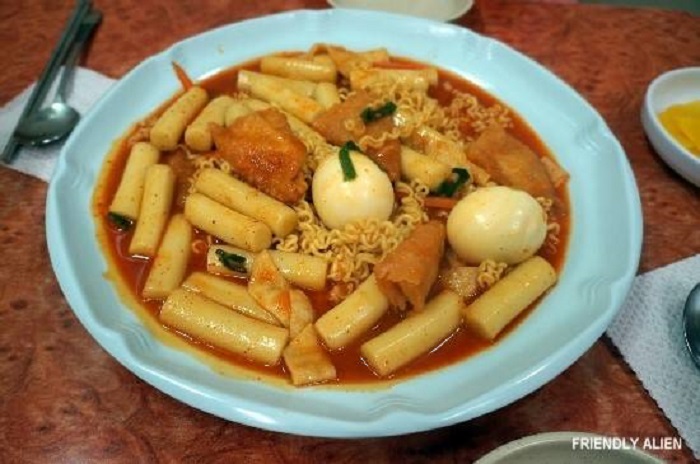
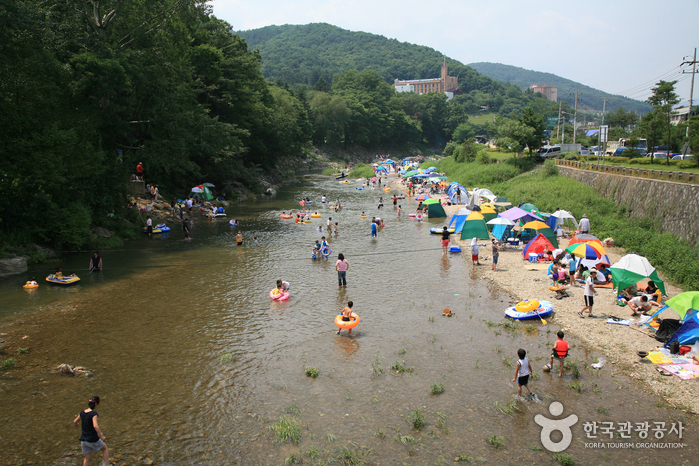
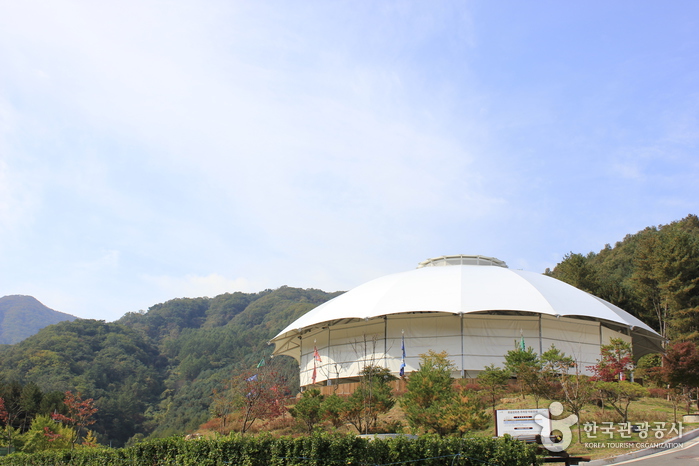
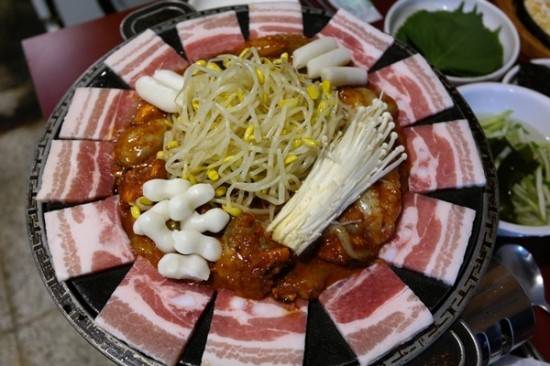
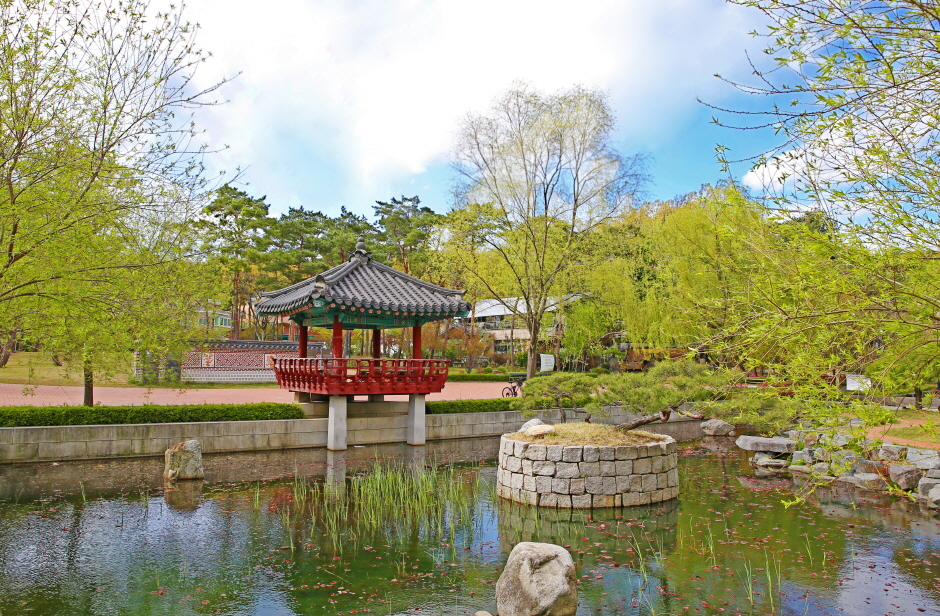
![Bukhansan Dulle Trail Section 1 ([북한산 둘레길] 1 소나무숲길 )](http://tong.visitkorea.or.kr/cms/resource/30/1898430_image2_1.jpg)
 English
English
 한국어
한국어 日本語
日本語 中文(简体)
中文(简体) Deutsch
Deutsch Français
Français Español
Español Русский
Русский